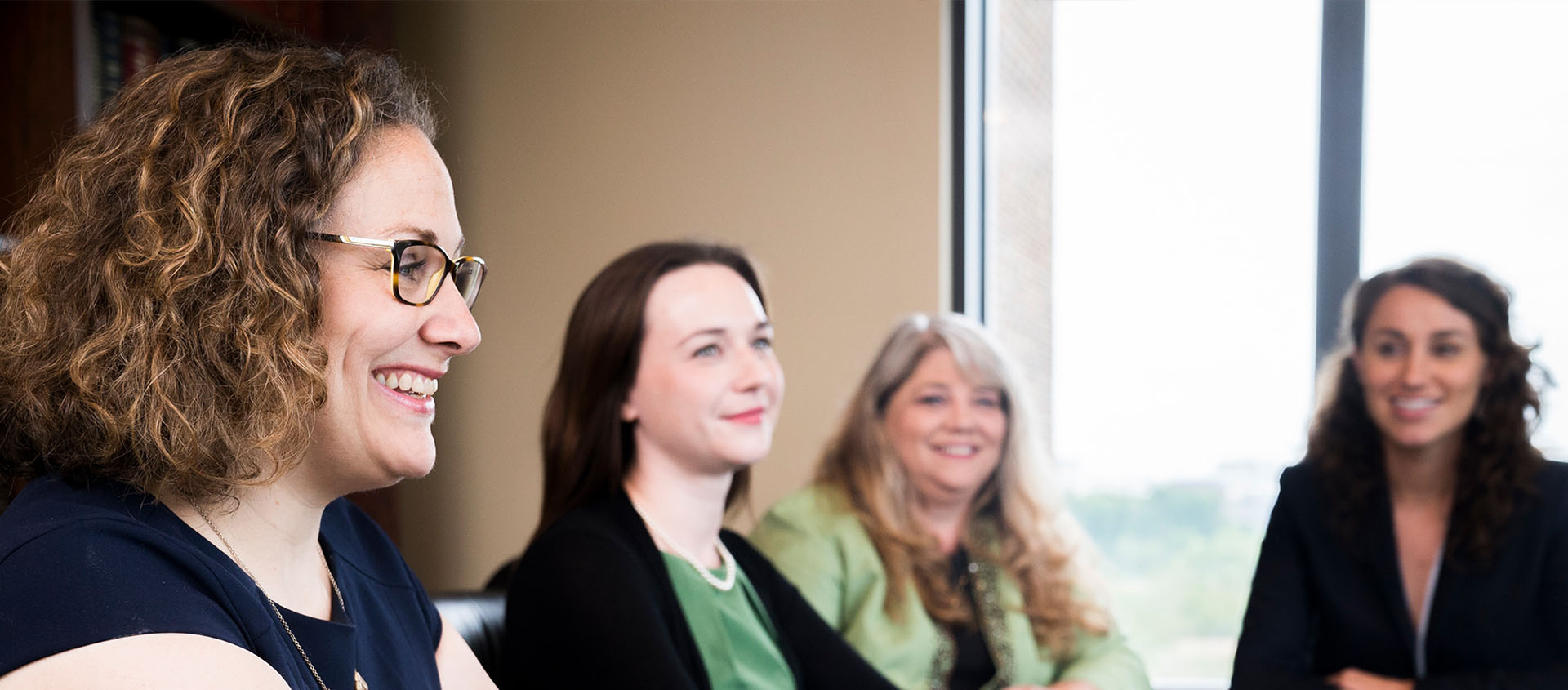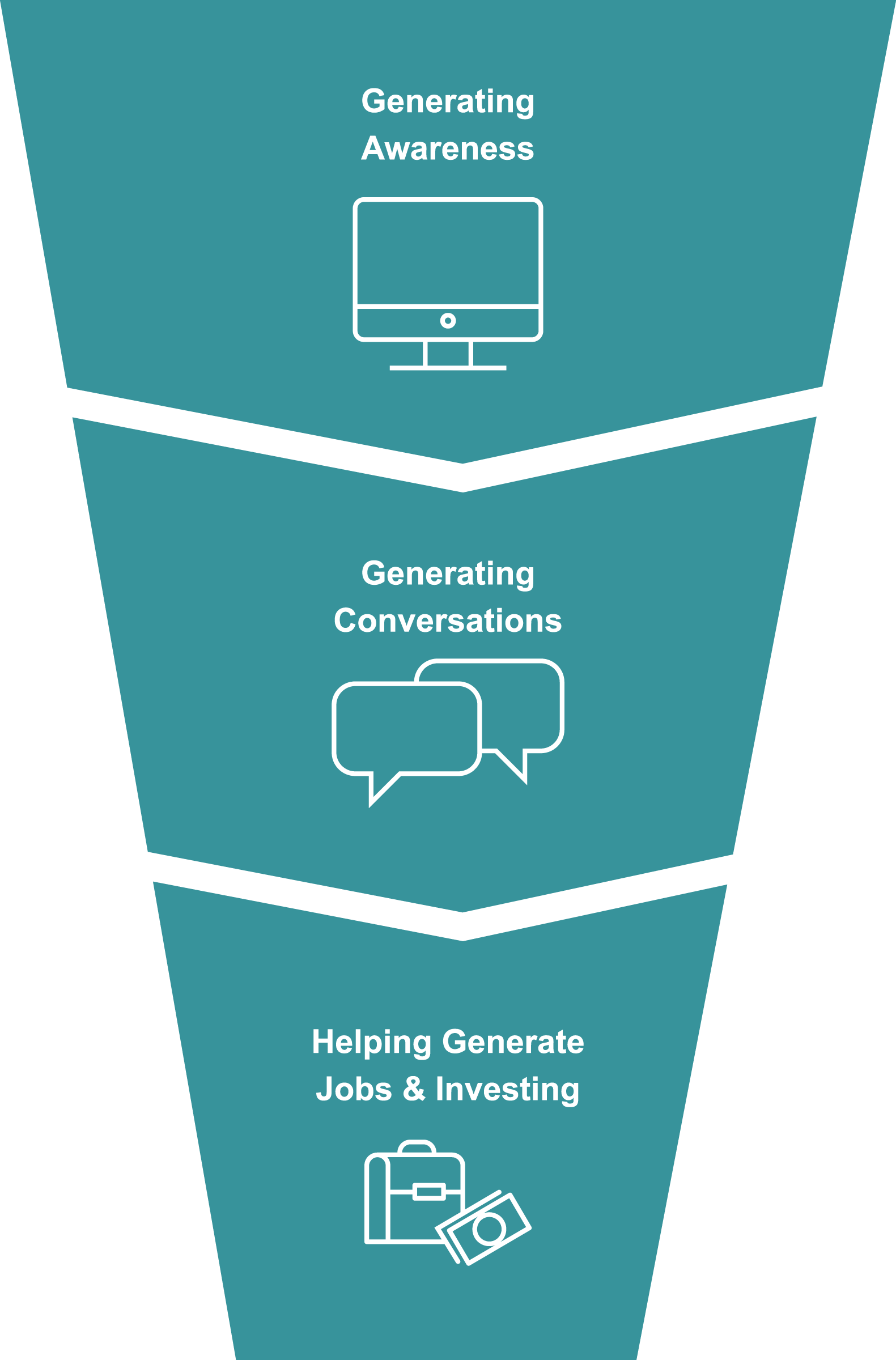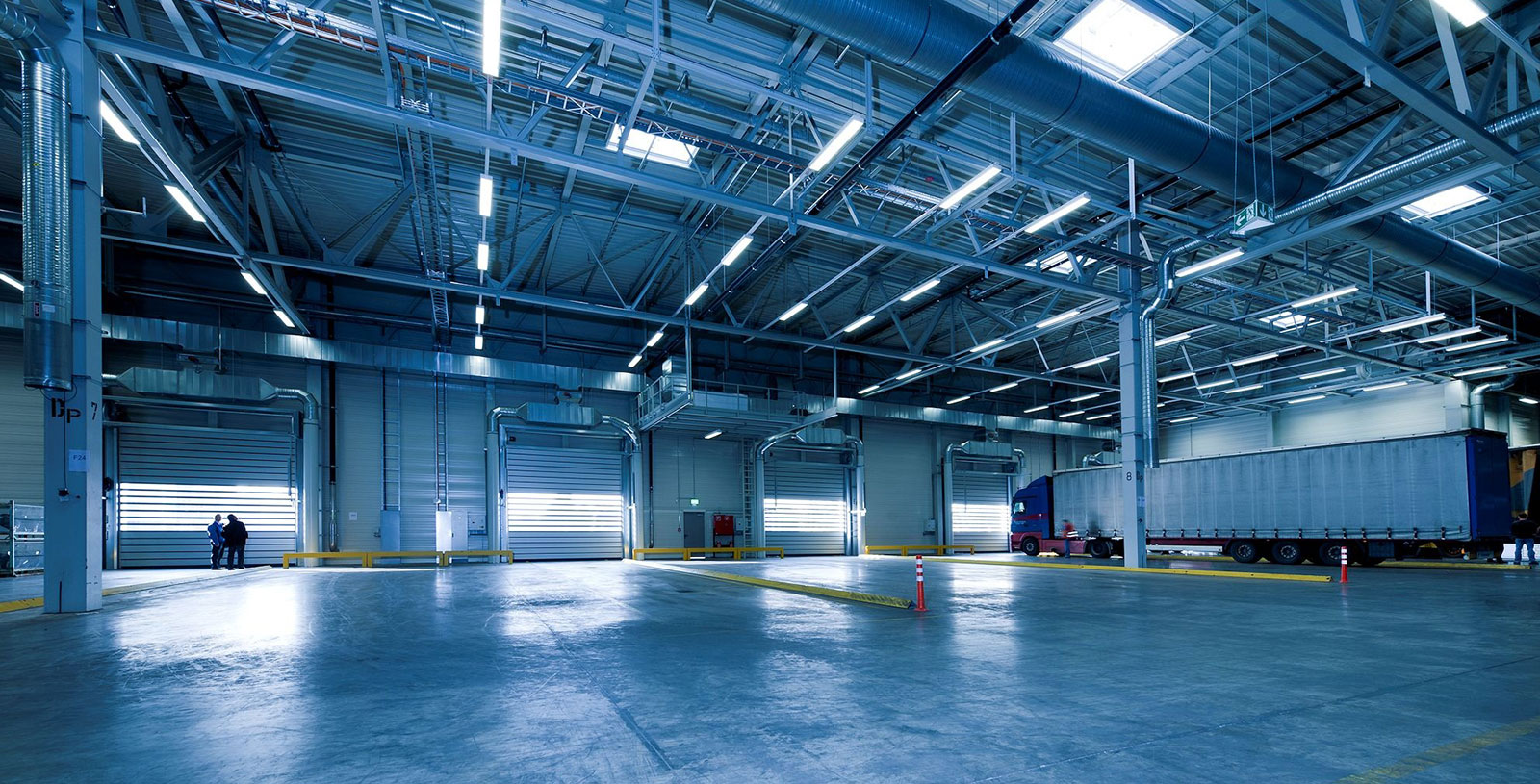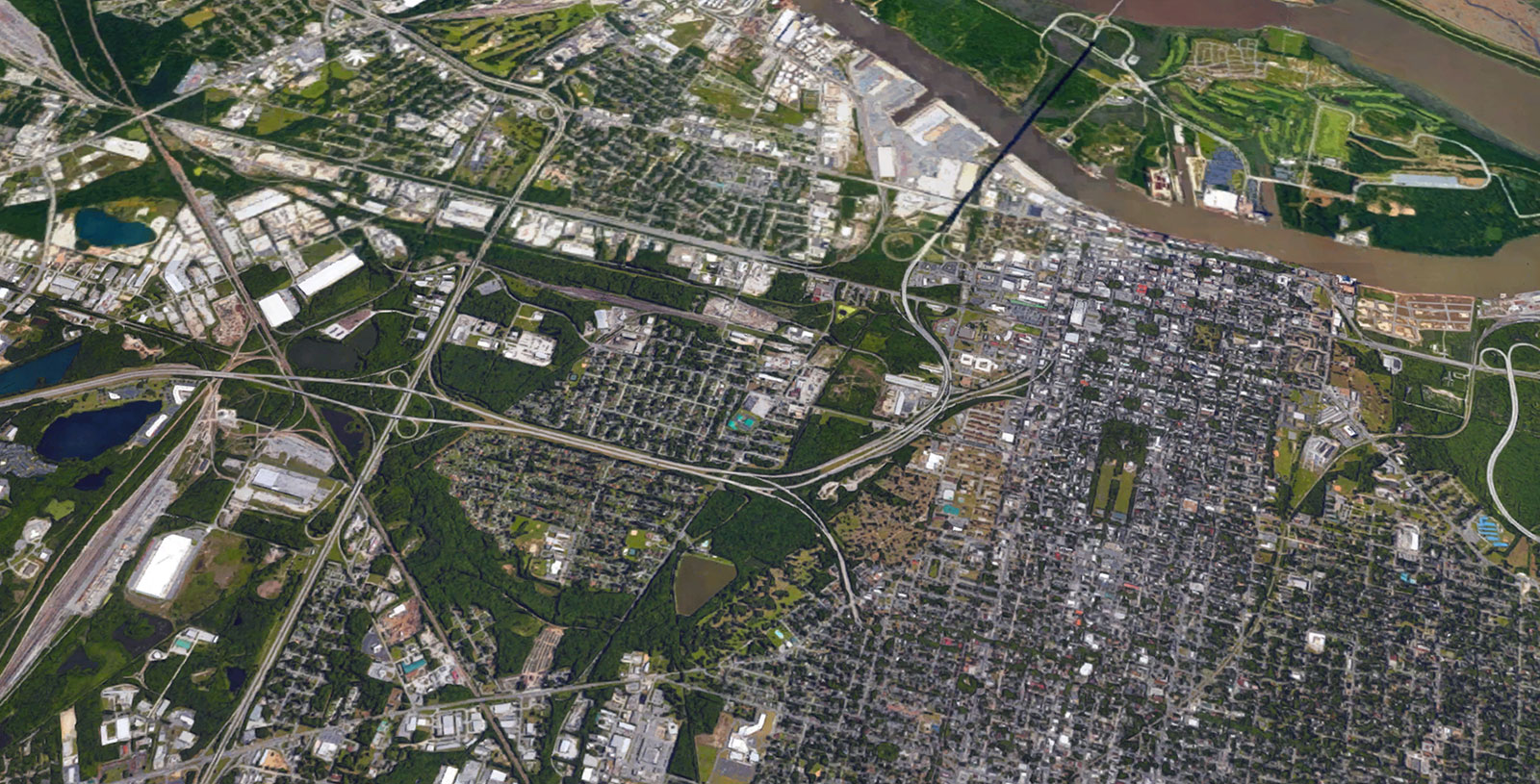Each year, the Savannah Economic Development Authority publishes an annual report that serves as a barometer of our efforts, activities, achievements, goals and even the challenges we faced in the past year. These reports are an effective means of sharing detailed information about our work. In fact, since 2013 when we began publishing our annual reports online, close to 30,000 unique visitors have viewed the reports to learn more about SEDA and World Trade Center Savannah.
But that is not the only way we share information and connect with stakeholders. Each January, SEDA hosts an annual meeting for more than 600 people. SEDA also holds board of directors meetings almost monthly and WTCSav holds bi-monthly board meetings. All are open to the public and we encourage anyone interested to attend. Meeting dates can be found on seda.org. Most often the media attend and report on the meetings but there is no substitute for hearing and seeing the organization at work for yourself.
After all, the more you know, the more you can contribute meaningfully. We hope you find the 2016 SEDA Annual Report informative and look forward to seeing you very soon.





